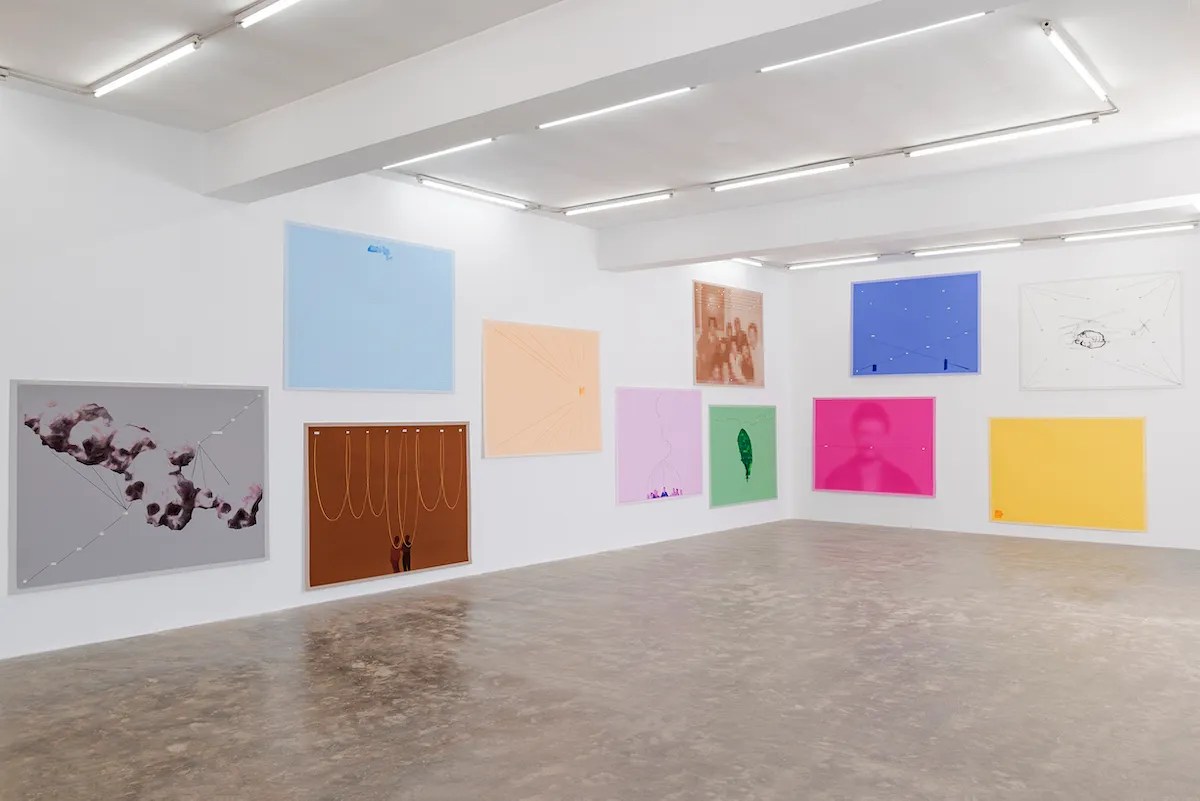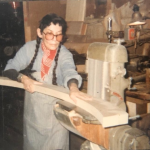
Right now, Walid Raad is supposed to have two shows on view at Sfeir-Semler Gallery in Beirut, the capital city of Lebanon, the country where he was born. Taken as one, the shows would’ve constituted the celebrated conceptual artist’s first exhibition in Lebanon in seven years.
Now, those shows, along with most galleries’ exhibitions in Beirut, are closed as Israel continues to launch air strikes in Lebanon. Since the October 7 Hamas attack last year, Israeli attacks have killed more than 2,000 people in Lebanon, according to the country’s government; more than 490 of those people were killed on September 23, 2024, alone. On Thursday, an Israeli strike hit central Beirut, killing 18 people, according to the Guardian.
“The only thing we can do is work from abroad, and thank God we have the possibility to be here and to be able to work internationally to keep the light going,” said Andrée Sfeir-Semler, the founder of the gallery that was supposed to mount Raad’s shows. She also runs a space in Hamburg, Germany, and was speaking by phone from London, where her gallery is showing at Frieze.
“In Beirut,” Sfeir-Semler said, “everything is impossible.”
Many galleries, including Sfeir-Semler, have closed indefinitely, dealing yet another blow to a fragile art ecosystem that had only recently begun to rebuild following the 2020 port explosion in Beirut.
Marfa’ Projects, another Frieze participant with plans to exhibit at Art Basel Paris next week, said on Instagram that it was forced to close due to “safety concerns.”
“We are extremely worried and shaken with what is going on,” said Joumana Asseily, the founder of Marfa’. “We closed the gallery for safety reasons, and we do not know when we will reopen. We are working remotely for now and are heading to Frieze London and then Art Basel Paris where we will be participating in both fairs. We try as much as we can to persevere in our work and support our artists despite these terrifying times.”
The good news, according to Sfeir-Semler, is that few of her colleagues have weathered physical damage. She said that Israel’s strikes had generally been targeted, sparing her galleries and others from destruction.
But there has been emotional damage far and wide. She spoke of artists she knew who struggled to make sense of a tanking Lebanese economy and the continued possibility of a long-lasting war. “We have no electricity, everyone has to have motor to get electricity,” she said. “We have no streets, no garbage collectors, no government.” Many, she noted, had been displaced.
Even for those like Sfeir-Semler, who are safe abroad, the news from home can be difficult to bear. “Yesterday, a beautiful day in Hamburg, I was stuck in the chair because I was paralyzed,” she said earlier this week. “You’re not free in your head.”
She remained committed to her Frieze booth, where the gallery is showing works by Raad, Lawrence Abu Hamdan, Samia Halaby, Wael Shawky, Mounira Al Solh, and Yto Barrada, among others. She said, “This is what we can do. Artists are our lights in the dark.”
